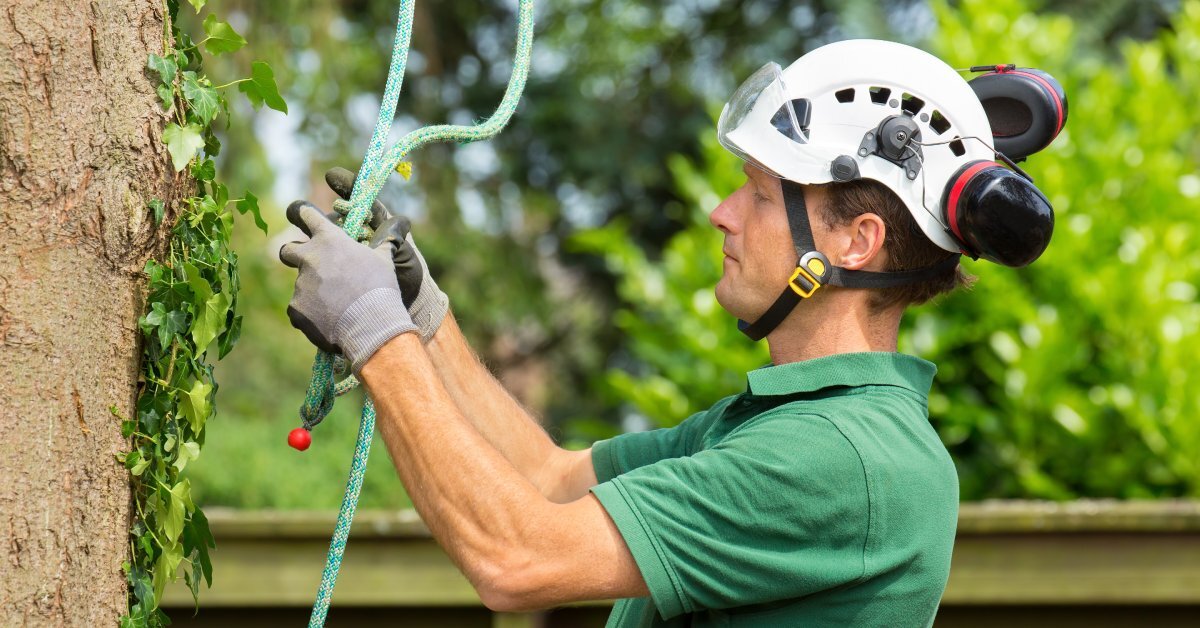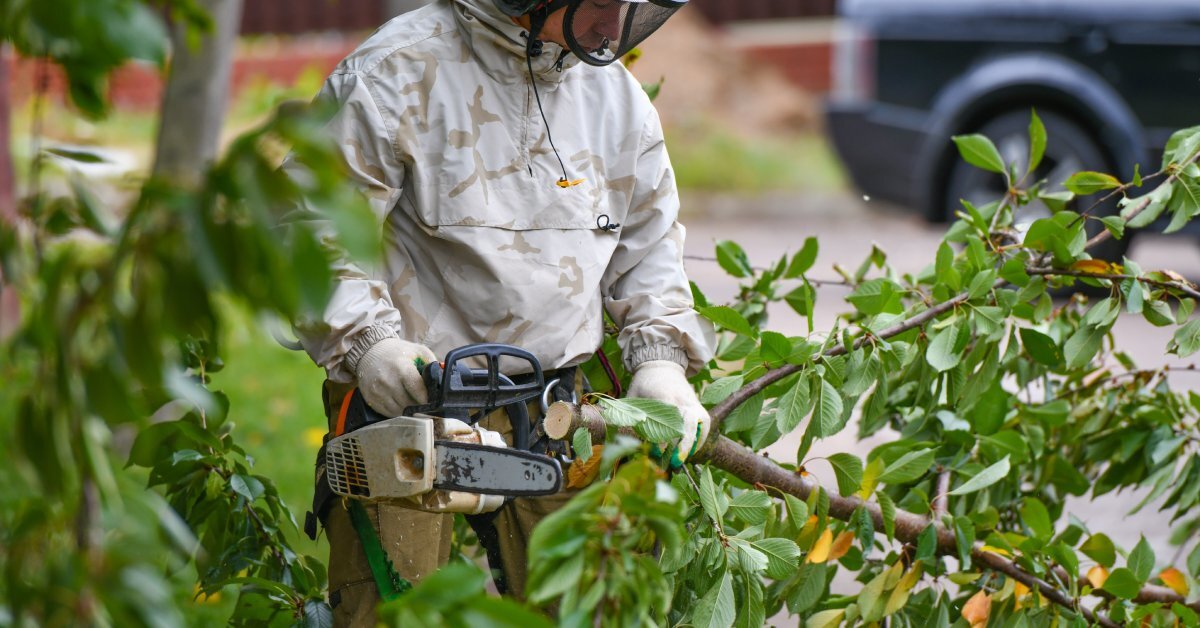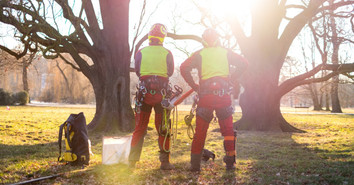Tree rigging may seem like a show that happens high up in the canopy, but what goes on at ground level is equally important. The ground crew is the heartbeat of any successful tree rigging operation. These skilled professionals coordinate, communicate, and adapt to the dynamic nature of every job site.
A solid ground crew does more than assist; they lead from below. They’re responsible for keeping the worksite organized, maintaining safety protocols, and anticipating what’s needed next. And when challenges arise, it’s the ground crew’s efficiency and problem-solving that keep operations moving forward without missing a beat.
In this guide, we’re taking a closer look at the vital role the ground crew plays in tree rigging, covering their responsibilities and the skills that set them apart. Whether you’re fresh to the world of tree rigging or a seasoned pro looking to refine team dynamics, you’ll gain a clearer appreciation for what happens on the ground and why it matters so much.
Preparing Rigging Equipment and Tools
A solid operation starts with expert preparation, and the ground crew owns this step. Their work involves laying out tree climbing safety ropes and ensuring all components are ready for the job ahead. They inspect gear for damage, check hardware connections, and confirm everything is ready to use. Taking the time to do this right reduces risks like line failure and slips.
They also evaluate the tree and the surrounding area to determine the best anchor points and pathways for loads to travel. This preparation isn’t just about getting tools out; it’s a strategic process that sets the tone for the day. Their actions here often dictate how efficiently and safely the job progresses, and demonstrate their expertise in foreseeing challenges and addressing them before they arise.
Facilitating Clear and Effective Communication
Communication is the thread that ties a tree rigging crew together, and the ground crew acts as its hub. They use verbal cues, radios, and hand signals to relay critical information between climbers and other team members. Climbers often can't see ground-level risks or adjustments, so this role is indispensable.
The crew continuously updates the climber on conditions below, offering essential feedback on load positioning and potential hazards. Equally, they anticipate the climber’s needs, such as adjusting tension or securing specific tools. Effective communication keeps the operation flowing and safe, helping avoid misunderstandings that can lead to accidents or wasted time.

Managing Worksite Safety Proactively
Every tree rigging task comes with its own set of challenges, and safety is a constant priority. The ground crew takes the lead by controlling hazards and keeping the area secure throughout the operation. They cordon off spaces to keep bystanders at a safe distance, clear debris to prevent tripping, and stabilize rigging systems to minimize risks.
Staying vigilant for changing conditions, such as weather shifts or structural issues in the tree, is another major part of their responsibilities. They also monitor the functionality of equipment and lines to catch potential failures before they become dangerous problems.
Executing Rigging Line Operations with Precision
Handling rigging lines is a blend of technical skill, strength, and timing, and it’s a key aspect of the ground crew’s role. Every motion counts, whether it’s managing slack, controlling line tension, or coordinating load direction. These tasks require exceptional focus because a slight error can shift a load unpredictably or strain the system.
The crew also redirects rigging lines to optimize angles and avoid sharp edges or obstacles. On more complex jobs, they utilize advanced setups with blocks and pulleys, showcasing their understanding of physics and force distribution. Their ability to masterfully manage the ropes keeps the operation smooth and protects everyone involved from potential mishaps.
Controlling Loads During Lowering and Placement
Cut tree sections don’t just drop to the ground without careful planning. The ground crew orchestrates their descent to avoid damaging property, the tree, and the rigging itself. Using friction devices or lowering devices, they take control of how fast a load descends and guide its movement to a safe landing zone.
Their role extends beyond the actual landing, too. Once a section reaches the ground, the crew plans its placement to avoid clutter, so future loads have plenty of room. This process requires a mix of strategy and hands-on coordination, as each piece presents unique challenges based on size, weight, and location.
Addressing Unexpected Challenges Swiftly
Tree rigging is dynamic work where problems can appear without warning, and the ground crew must respond immediately. They observe the worksite constantly to identify shifts in job conditions, such as a faulty line, misaligned cuts, or unbalanced loads. Challenges like equipment jams or tension miscalculations demand quick solutions, often requiring creative thinking under pressure.
The crew communicates these updates clearly to the climber and adjusts setups or strategy on the spot. Their ability to act fast and keep the operation moving enhances team safety while maintaining efficiency.

Conducting Post-Operation Cleanup and Wrap-Up
After the job is done, the ground crew doesn’t stop working. They stay behind to clean, organize, and inspect tools, ensuring everything is accounted for and in working condition. Ropes are properly coiled, tools are packed up, and leftover wood or debris is either removed or tidied up for the client.
This wrap-up phase signals the professionalism of the crew, reflecting their respect for both the job site and the client. It also comes with practical benefits! By leaving the site clear and sorted, they prevent hazards for future work and streamline preparations for the next job. Cleanup isn’t just an afterthought; it’s a final step in showing the team’s care and thoroughness.
Now What?
The ground crew’s role in tree rigging represents the core of what teamwork truly means. There’s something remarkable about the connection and synchronization between the climbers in the canopy and the team on the ground. It’s a constant cycle of trust, action, and adaptation, where everyone knows their part and works together to make heavy, complicated jobs look seamless.
Beyond their technical skills, it’s their intuition and quick thinking that set them apart. They’re the ones spotting hazards before they happen, adjusting plans on the fly, and maintaining the pulse of the entire operation. It’s an art and a discipline that develops through experience, grit, and a willingness to learn and grow. An excellent ground crew brings more than skill to the table; they bring heart.

